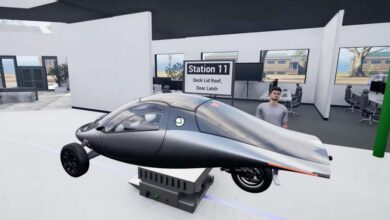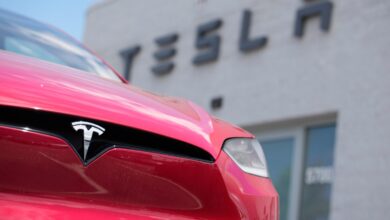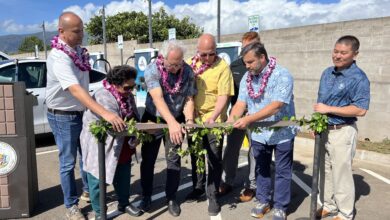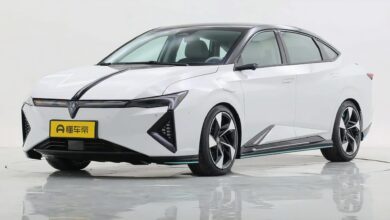12-minute EV charge? Indian company Clean Electric says it’s cracked the code
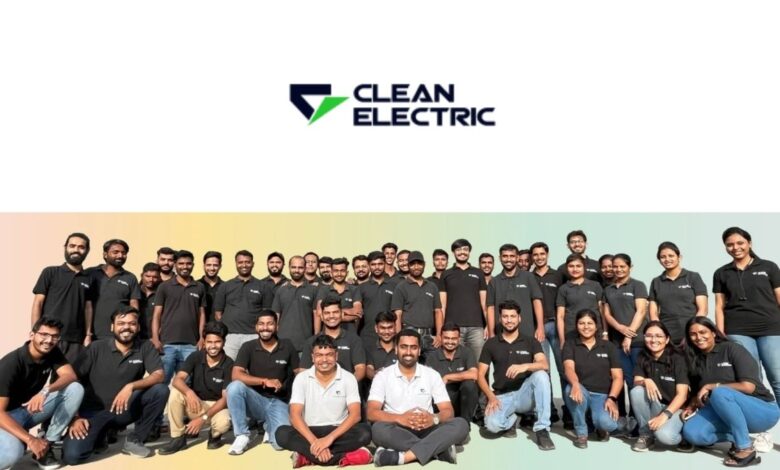
Tired of waiting hours for your electric vehicle to charge? What if you could fully juice up your EV in the time it takes to grab a cup of coffee? That future is closer than you think. Clean Electric, an Indian battery tech innovator, has just unveiled a rapid-charging battery that can fully charge EVs in under 12 minutes – a staggering leap forward from the 1-2 hour charging times we’re used to. This isn’t just about convenience; it’s a potential game-changer for the entire EV industry. But how did they achieve this breakthrough? And more importantly, is it too good to be true?
The following conversation with Akash Gupta, Co-Founder at Clean Electric, delves into the technology behind Clean Electric’s claims, exploring the innovations that enable such blistering charging speeds while also ensuring safety and longevity. We’ll examine their unique battery architectures – DCLC, SCALC, and CTP – and analyse how they address critical challenges like thermal runaway and battery degradation.
PD: Can you elaborate on the specific technological innovations enabling the 12-minute charge time and extended lifespan? What makes your DCLC, SCALC, and CTP architectures unique and superior?
Akash Gupta: The li-ion battery powering the electric vehicle revolution is an electrochemical device and the performance of same is highly dependent on its temperature, to get the maximum out of LFP or NMC cells we need superior hardware i.e. cooling system, structurals, and advanced electronics with intelligent algorithms (“STM” Smart Temperature Modulation) to find the right balance of charging current, temperature and state of charge as XFC result in two degradation mechanism primarily “SEI or Solid Electrolyte Interphase” and “Li-Plating” both results is loss of reversible Li-ion’s hence results in accelerated battery degradation or decrease in vehicle range. SEI degradation increases with time exposure of Li-ion battery at higher temperatures, whereas Li-plating is inversely proportional to temperature, Our STM Charging algorithm ensures the right balance of operating temperature during XFC enabling RAPID Charging without accelerated battery degradation. Individually DCLC, SCALC & CTP architectures are all India’s First innovations, and what’s interesting is collectively they are globally first innovations.
PD: What specific safety features are incorporated to prevent thermal runaway and ensure fireproof operation, especially at such high charging rates? Are there independent certifications validating the safety claims?
Akash Gupta: Unlike conventional indirect liquid-cooling or air-cooled batteries for cooling, direct contact liquid-cooled (DCLC) batteries employ a fire-retardant coolant (fire point ~300 degrees Celsius) which efficiently absorbs heat from the failing cell and transfers it to external metal components, all other cells and coolant which distribute the heat released from one failing cells rapidly thus avoiding any hotspot in the battery & subsequently these components can rapidly cool down through exposure to ambient air or using vehicle HVAC. The efficient heat management system of our battery significantly reduces the risk of overheating, a common issue during high charging rates. This approach not only facilitates fast charging but also significantly enhances safety by preventing the battery from overheating & creation of hotspot inside the battery.
Battery Pack is equipped with 5 layers of safety stack, Cell Level Fusing, Pack Level Main Fuse, direct contact active liquid cooling, software safety protections, master-slave BMS architecture for N+N redundancy similar to the aviation industry to set the global benchmark for the safest electric vehicles globally.
And yes, we have independent certifications AIS 156, Phase 2 Amd. 3, when ARAI conducted a thermal runaway test on our battery systems, even on the cell on which the heating coil is wrapped and is subject to over-charge even the initiation cell also didn’t go into a runaway and no venting or smoke was observed during the test, which is very rare in any battery packs.
PD: What battery chemistry is used? Can you provide more details about the 11% degradation after 3700 rapid charge cycles? How does this compare to industry averages for regular and fast charging?
Akash Gupta: We are commercialising LFP battery packs this year coupled with XFC, and have held live demonstrations of the same this week in Pune on open network universal DC Public charging stations. We are also working on XFC on the NMC battery pack which will be launched in the next fiscal year targeting long-range electric buses & trucks.
To test the longevity of the battery and study the impact on XFC we conducted life cycle validation testing, where we charged the battery in 15 minutes and 30-minute rest and then discharged in 30 minutes consecutively for 3700 cycles “every charge fast charge” and observed 11% degradation at the end of testing.
Generally, electric car OEMs give ~700-1000 cycles battery warranty and their cycle life will be about 1500-1800 cycles for 20% battery degradation with 40-60-minute charge time.
PD: How does the charging speed vary based on ambient temperature and charger power output? Have you conducted real-world tests to validate the 12-minute charging claim under different conditions?
Akash Gupta: In-case of e-3W-L5, e-4W & e-CV which have refrigerated compressor-based cooling systems & vehicle HVAC we can enable XFC irrespective of ambient temperature, in the case of e-2W we might have to limit the charge rate to 30-40 minutes in extreme day-time summer for 2-3 months.
PD: What is the expected lifespan of these batteries in terms of total charge cycles and calendar years? What warranty will be offered to consumers?
Akash Gupta: The expected life of the battery is 1500-2000 cycles for e-2W where the warranty is for 1000-1500 cycles & 3+2 years, in the case of e-3W-L5, e-4W & e-CV which have refrigerated compressor-based cooling systems & vehicle HVAC the warranty is 3000+ cycles with “every charge being fast charge” and 4-8 years warranty depending on the vehicle form factor whichever is earlier.
PD: The current production capacity is stated as 1200 battery packs per month. What are the plans for scaling up production to meet the potential demand from various EV segments?
Akash Gupta: Currently, the majority of the sales are in e-2W and we are setting up an additional battery assembly line for e-3W and e-Car battery packs this financial year and will scale into GWh scale capacity in the next 3-4 years.
PD: How does the cost of your battery technology compare to conventional EV batteries? How will this translate to the final price of EVs using your batteries?
Akash Gupta: As for any new technology, there is a premium, currently, XFC solutions have a 10-18% premium depending upon vehicle segment, but with the current rate of internal innovation and as we scale up in the next 2-3 years we will be able to reach parity. But from a TCO standpoint, it will be >20% cheaper than other comparing electric vehicles because of higher battery life
